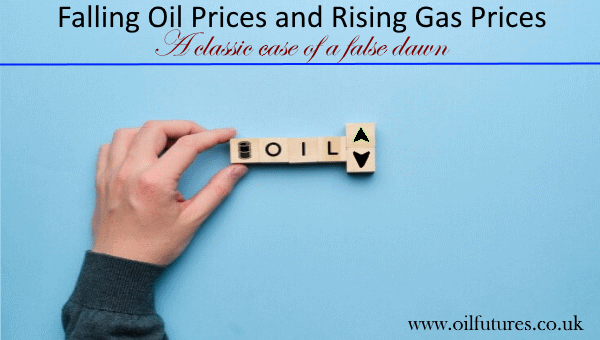The prices of crude oil fell sharply on Monday, something that analysts attributed to the release of SPRs, strategic petroleum reserves, by the IEA, the International Energy Agency.
The IEA, according to Bloomberg, has released 120 million barrels of crude oil in line with the major fuel consuming nations that collectively released 180 million barrels.
The drop of the prices of crude oil at the beginning of the new week can be partly explained by the arrival of the fuel from the SPRs; in addition, there was a sentiment that the military conflict in Ukraine, that appeared to had been 'stalled' by then, may turn in Ukraine's favour.
In stark contrast, meanwhile, the price of LNG, liquified natural gas, was on the rise, hitting above $6.50, simultaneously that in turn implied the supply of the commodity to the markets in the absence of Russian input is far short of the normal levels.
The EU as a block was considering a blanket ban of Russian gas, despite it being highly controversial in the absence of a reliable alternative; Qatar has been saying its inability to fill the vacuum for months, yet politicians still wanted to go ahead with it.
As the price of LNG went through roof, Chancellor of Austria, a non-NATO member in the EU, made an effort to convince President Putin to bring the war to an end, but to no avail. Even the former felt a protracted conflict rather than a quick solution.
Of course, Austria is heavily dependent on Russian gas and so are many EU countries.
When the West is not in a position to control the rising oil prices, they just resort to releasing the SPRs as that seems to be the only way to boost the supplies; they are supposed to be tapped only in a national emergency or war; at present, we are facing neither.
The rising energy prices are already taking its toll on the global economy: in the US, the inflation is above 8%, the highest since 1981; in the UK, it is at a 30-year high. It is alarming in the developing nations. Sri Lanka, for instance, today has been forced to default on its foreign debt - temporarily.
In addition, some EU members want to ban Russian coal too. The member nations, however, refrained from including it as part of the agenda for their latest meeting, perhaps fearing the economic consequences - and disagreements among members in public.
On Tuesday, the misplaced sentiment that we saw yesterday, however, did not last: the prices of both crude oil and the LNG kept rising. As of 13:00 GMT, the price of WTI, Brent and LNG stood at $98.60 , $103.22 and $6.70 respectively.
The impact of the rising commodities on the US crude oil inventories remains to be seen on Tuesday when the API, American Petroleum Institute, releases its weekly data; the EIA, the US Energy Information Administration, usually releases its data, a day later.
Last week, both agencies reported a significant crude build something that can easily attributed to the subdued enthusiasm of the consumers in paying through the nose at pump for fuel.
During the past few weeks, there was a media hype implying a military breakthrough on the Russia-Ukraine front, that may have played a role in giving a picture of energy markets being settled. The hopes for such a far-fetched eventuality has been dashed by the fact that Russia is gearing up for launching a major assault in the east of Ukraine.
With that development, the energy scenario has been truly back to square one; the already tight supply is going to be significantly constrained again with now-familiar tit-for-tat moves by both Russia and the West.
In short, the price of crude oil and gas will stay stubbornly high for months to come - with inevitable consequence on many fronts.









